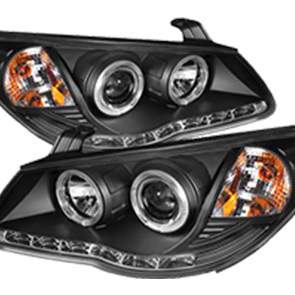hand brake line
Understanding the Hand Brake Line Function, Maintenance, and Importance
The hand brake, also known as the emergency brake or parking brake, is a crucial component of a vehicle's braking system. Its primary function is to keep the vehicle stationary when parked, providing an additional layer of security beyond the regular braking system. The hand brake line is a vital element in this mechanism, transmitting the driver's intention to apply the brakes to the rear wheels efficiently. In this article, we will explore the significance of the hand brake line, common issues associated with it, and maintenance tips to ensure optimal performance.
Function of the Hand Brake Line
When the driver engages the hand brake, a cable system is activated, which pulls the brake shoes or pads against the rear wheels. The hand brake line, typically made of durable materials such as steel or high-strength nylon, connects the hand brake lever to the brake components at the wheels. This line is designed to withstand significant tension and is pivotal in providing a reliable braking force when the regular brake system is not engaged.
The hand brake line operates under a simple mechanical principle. When the hand brake lever is pulled, it creates tension in the cable, which then translates into pressure on the brake shoes or pads, thereby stopping the vehicle from rolling. This system is particularly essential on inclines, where a vehicle is prone to rolling backward or forward if not securely parked.
Common Issues with Hand Brake Lines
Like any mechanical component, the hand brake line is susceptible to wear and tear over time. One of the most common issues is fraying, which can weaken the line and lead to reduced effectiveness of the hand brake. If the line becomes frayed, it can snap, resulting in a complete loss of the parking brake functionality, a potentially dangerous situation.
Another common problem is corrosion. Hand brake lines are usually exposed to the elements, and moisture, mud, and road salt can accelerate corrosion, leading to deterioration. Consequently, a corroded hand brake line can weaken to the point of failure, which may not only jeopardize the driver's safety but also that of nearby pedestrians.
Furthermore, a poorly adjusted hand brake line can lead to ineffective braking. If the line is too loose, the brake may not engage adequately, allowing the vehicle to roll away. Conversely, if it is too tight, it can cause the brakes to drag, leading to premature wear and even overheating.
hand brake line

Maintenance Tips for Hand Brake Lines
To ensure the hand brake line remains in good working condition, regular maintenance is essential. Here are a few tips
1. Regular Inspections Check the hand brake line periodically for signs of wear, fraying, or corrosion. It is advisable to inspect the line during routine vehicle maintenance.
2. Lubrication The moving parts associated with the hand brake mechanism should be lubricated to prevent sticking and ensure smooth operation. Use appropriate lubricants that are designed for automotive use.
3. Adjustment Ensure that the hand brake is correctly adjusted. Consult the vehicle’s manual for specifications on the required tightness of the hand brake line.
4. Prompt Repairs If any issues are detected during inspections, such as fraying or corrosion, it is crucial to address them immediately. Ignoring small problems can lead to more significant, more costly repairs down the road.
5. Professional Servicing If unsure about performing maintenance or repairs, seeking the help of a professional mechanic is always a wise choice. They can provide insight into whether the hand brake line needs replacement or adjustment.
Conclusion
The hand brake line plays a vital role in a vehicle's overall braking system, providing safety and security when parking. Understanding its function and potential issues can help drivers maintain their vehicles effectively. Regular inspections, proper maintenance, and timely repairs are essential for the hand brake line to function correctly, ensuring the safety not only of the driver but of others on the road as well. Proper care of this often-overlooked component can lead to a safer driving experience and prolong the lifespan of the vehicle's braking system.
-
Workings of Clutch Pipe and Hose SystemsNewsJun.04,2025
-
The Inner Workings of Hand Brake Cable SystemsNewsJun.04,2025
-
The Secrets of Throttle and Accelerator CablesNewsJun.04,2025
-
The Hidden Lifeline of Your Transmission Gear Shift CablesNewsJun.04,2025
-
Demystifying Gear Cables and Shift LinkagesNewsJun.04,2025
-
Decoding Clutch Line Systems A Comprehensive GuideNewsJun.04,2025
